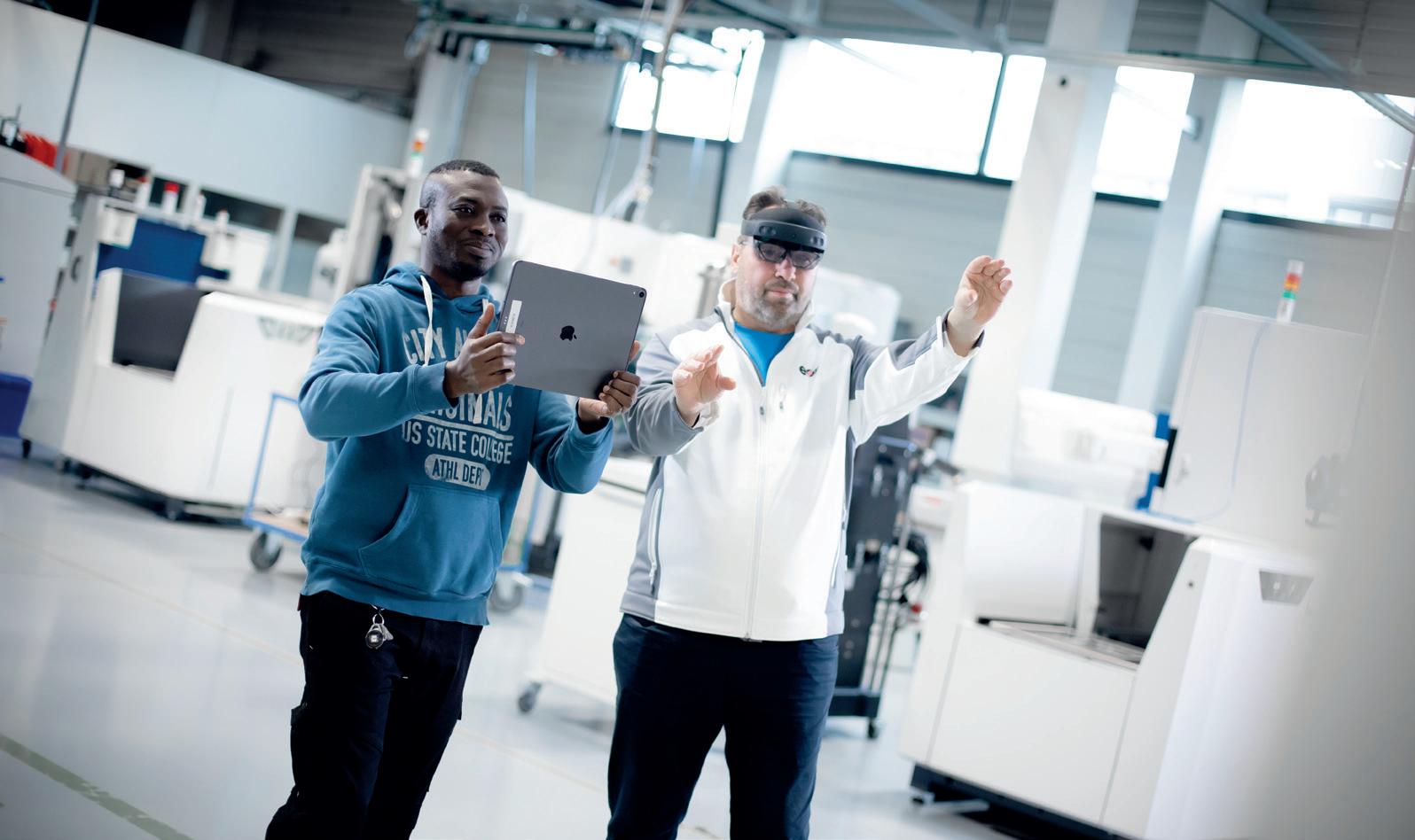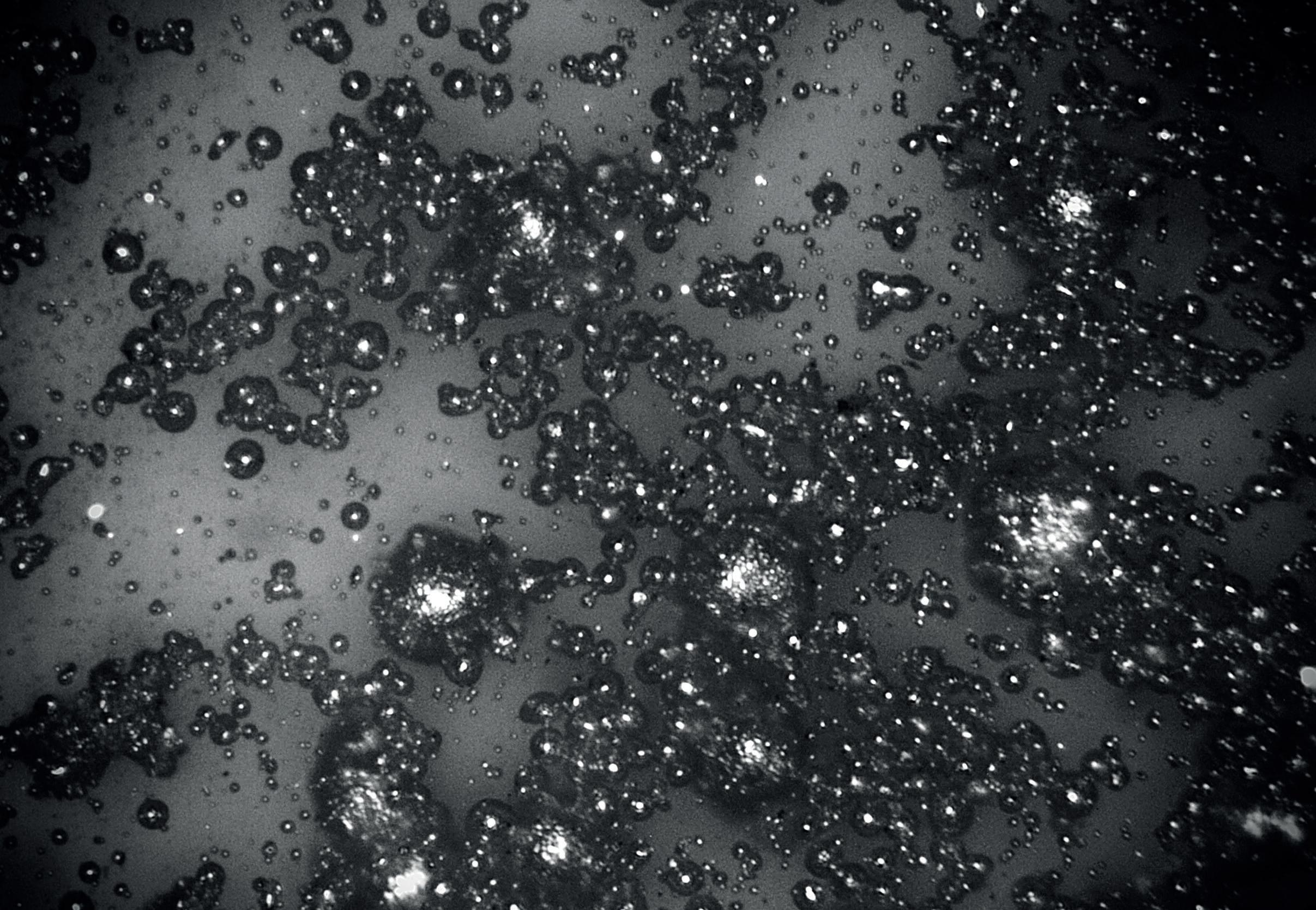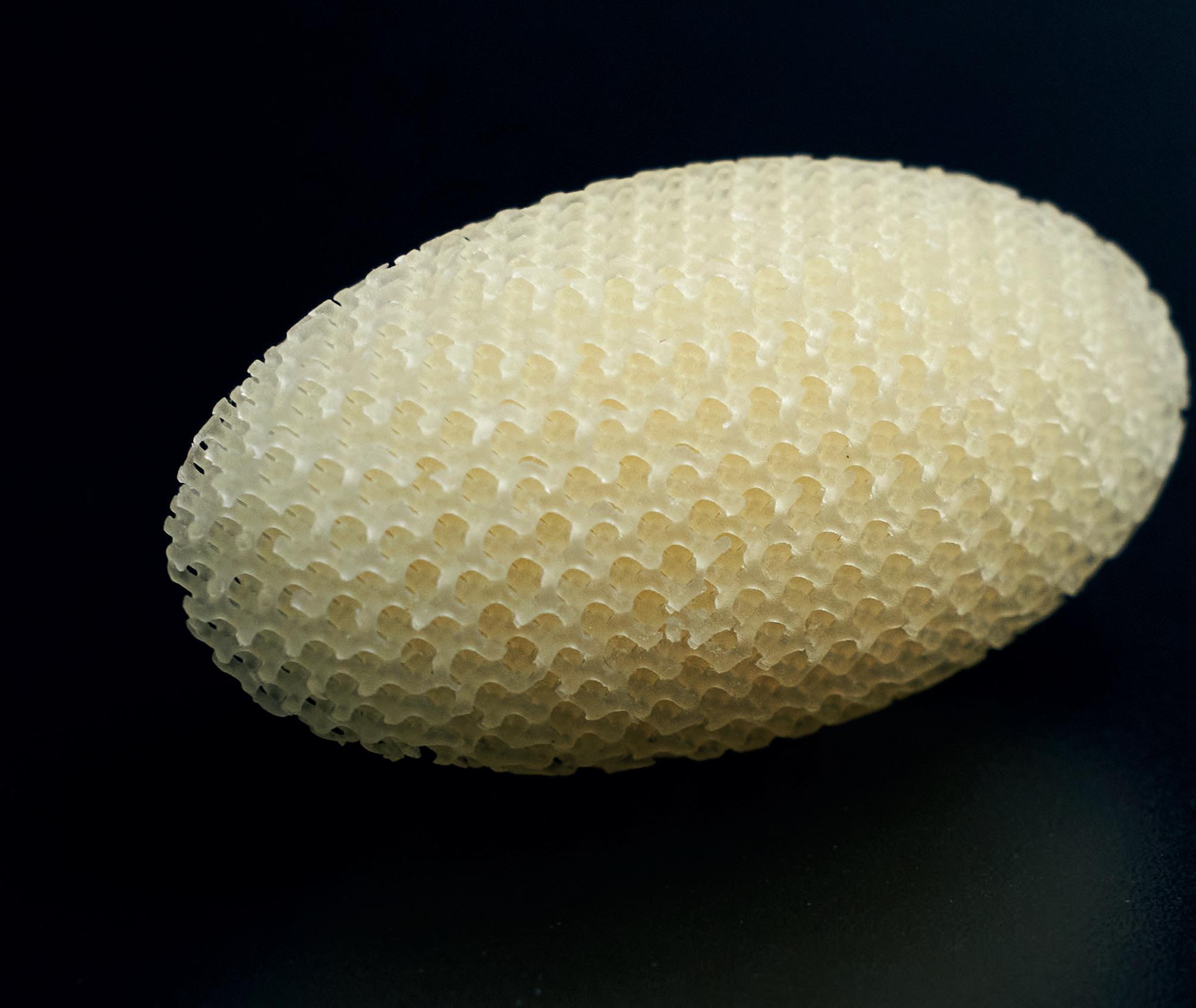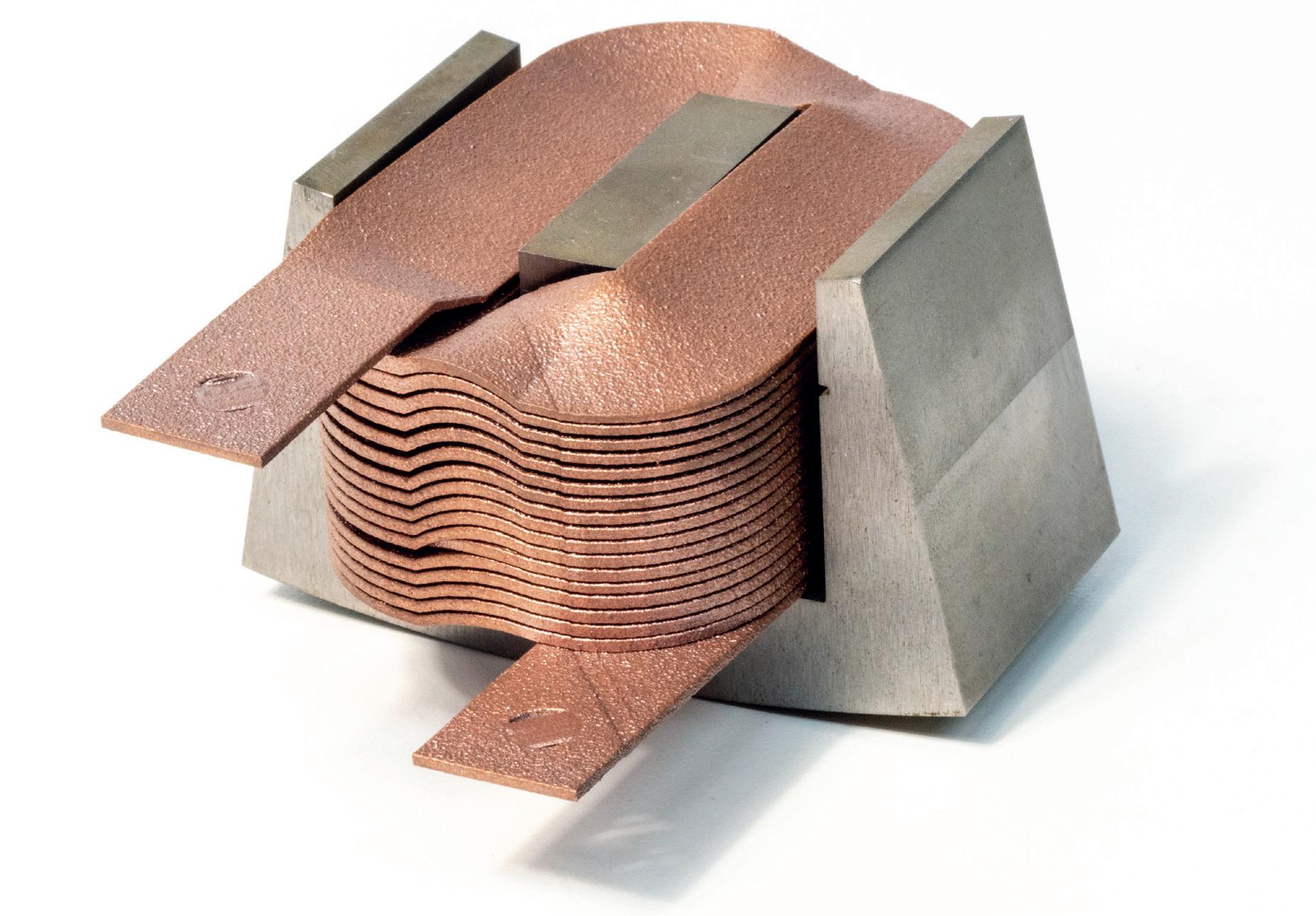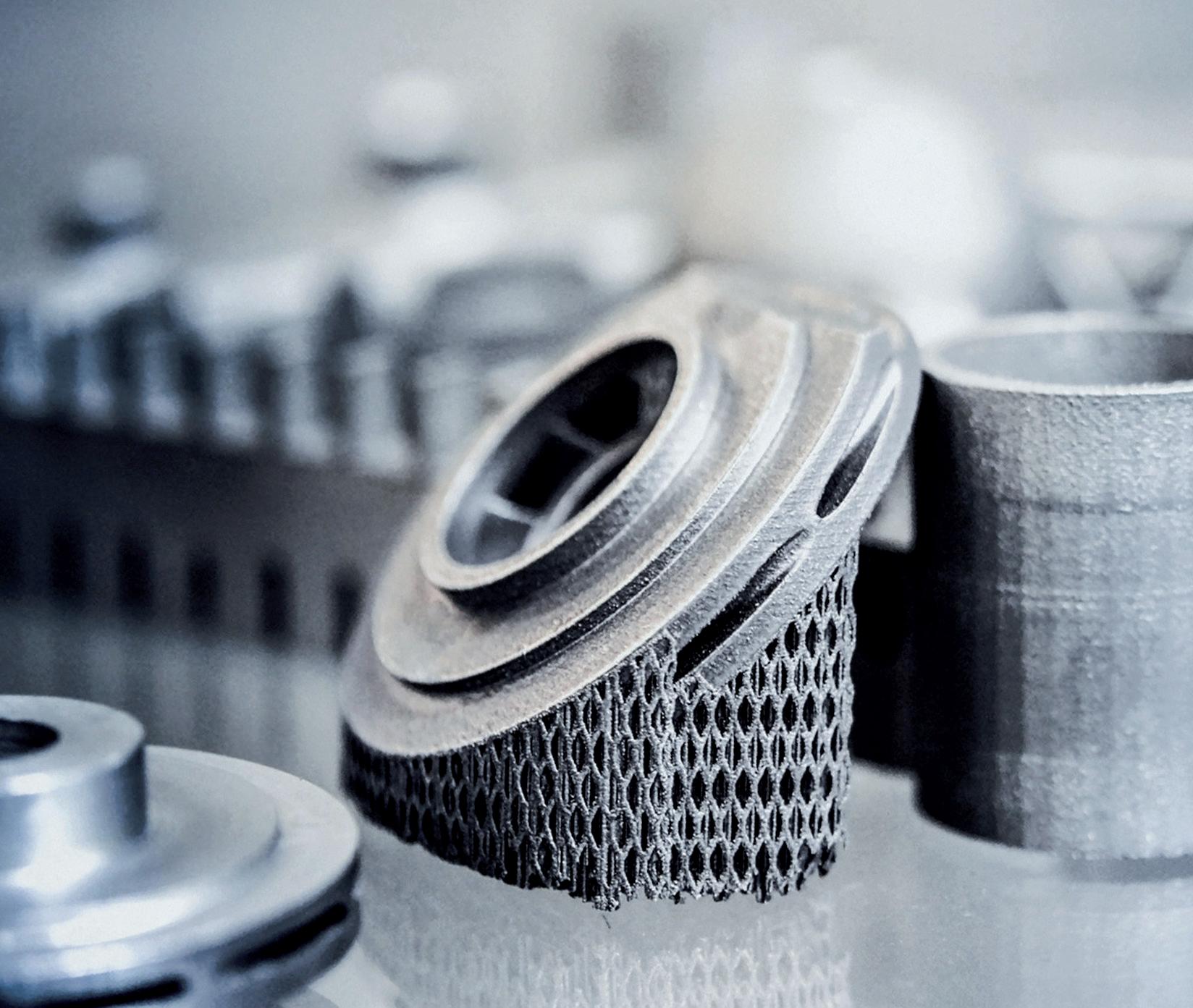PRESERVING THE CRADLE OF CIVILIZATION
Head of Content Laura Griffiths speaks to filmmaker Ivan Erhel about using 3D scanning to digitize the past. SHOWN: THE EVA WAS USED TO SCAN LARGER PIECES
S
ave what could not be saved.”
That was the mission French filmmaker Ivan Erhel appointed himself when he decided to travel from the South to the North of Iraq in a race to preserve what remains of the history of Mesopotamia, often referred to as the Cradle of Civilization. That urgency is no exaggeration. With ISIS occupying over 30% of the country at the time, destroying museums and statues in the process, Erhel recalled in a conversation with TCT how, after seeing a video showing the destruction of a museum in Mosul countless relics and history lost in the process - he felt compelled to do something, anything, to help save what was left of the world’s oldest civilization. A conversation with a friend who had just purchased an Artec Eva 3D scanner sparked an idea. “He said, ‘If I were there sometime before ISIS, we could have saved it,’ and I thought that was really a great idea, so I decided to make a film about it.” The film centers on the journey of an Iraqi writer who, after three decades living in France, returns to Iraq to help preserve its history using 3D scanning. Prior to this project, Erhel had never used a 3D scanner and now left co-ordinating the project on his own with the support of 3D scanning specialist Artec 3D, set out with its Space Spider and Eva scanners in tow. The destruction of the Mosul Museum and Nimrud, once a major ancient city 20 miles south of the city of Mosul, were the starting points for the project. The first piece to be scanned was the Processional Way, a 250-meter-long brick road 120 km south of Baghdad, featuring carvings of various animals and legendary creatures, much of which had already been destroyed by erosion. For larger pieces like this, a handheld Eva was propped up on a stick to reach harder to access areas while the blue light Space Spider was put to work capturing intricate details on smaller objects using a turntable. The team also scanned people, including soldiers who initially questioned Erhel’s
020 / www.tctmagazine.com / VOL 7 ISSUE 6

